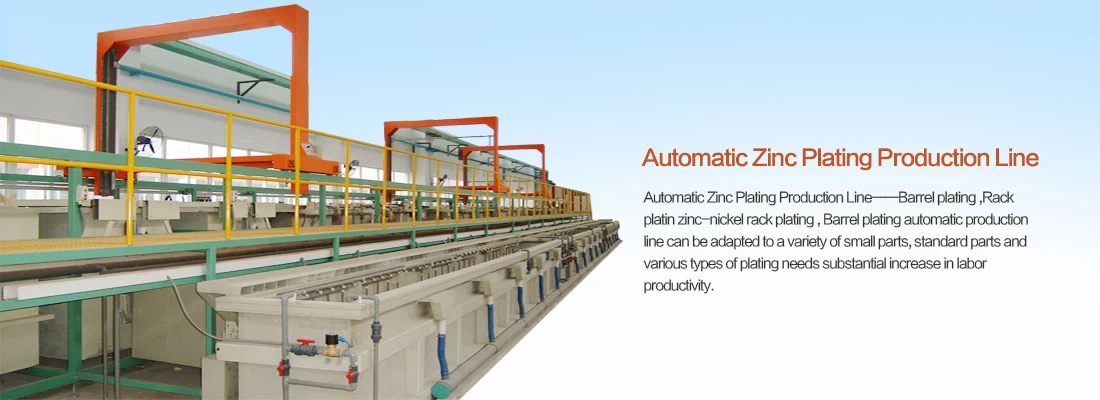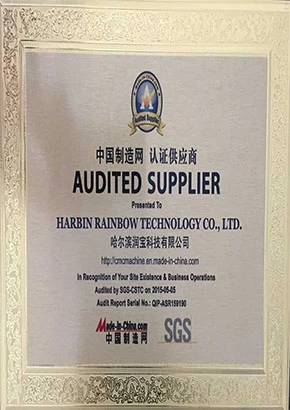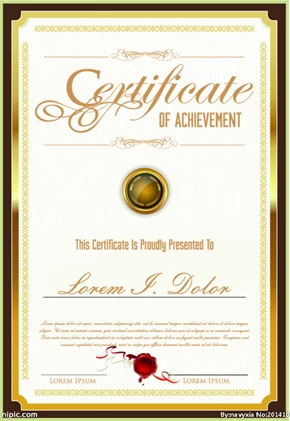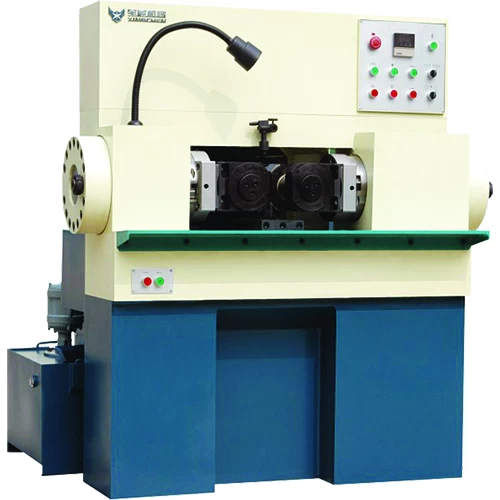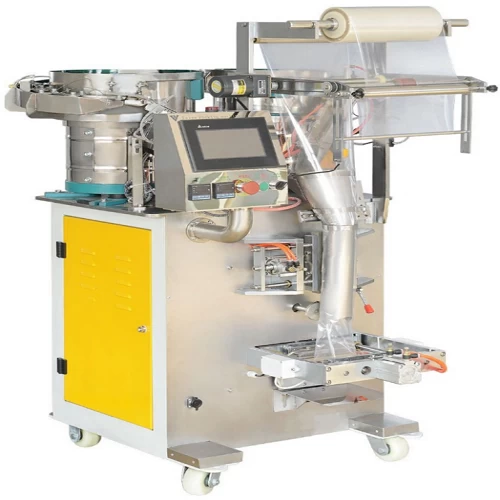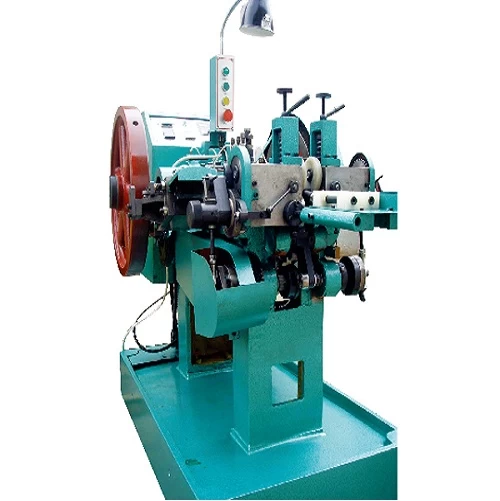Hot forging and cold forging are two different metal forming processes that deliver similar results. Forging is the process of deforming metal into a predetermined shape using certain tools and equipment—deformation is accomplished using hot, cold, or even warm forging processes. Ultimately, the manufacturer will look at a number of criteria before choosing which type of forging is best for a particular application. Forging is used where the arrangement of the grain structure imparts directional properties to the part, aligning the grain so that it will resist the highest stress the part will encounter. Casting and machining, in comparison, usually have less control over the arrangement of grain structure.
Forging Processes
Forging is defined as the forming or deforming of metal in its solid state. Much forging is done by the upsetting process where a hammer or ram moves horizontally to press against the end of a rod or stem to widen and change the shape of the end. The part usually moves through successive stations before reaching its final shape. High strength bolts are “cold-headed” in this manner. Engine valves are also formed by upset forging.
In drop forging, the part is hammered in a die to the shape of the finished parts, much akin to a blacksmith’s open die hammer forging where the metal is hammered against an anvil into the desired shape. A distinction is made between open- and closed-die forging. In open-die forging the metal is never completely constrained by the die. In closed-die, or impression, forging the metal is constrained between die halves. Repeated hammer blows against the die forces the metal into the shape of the die and the die halves eventually meet. Energy for the hammer can be provided by steam or pneumatically, mechanically, or hydraulically. In true drop forging gravity alone propels the hammer down but many systems use power assist combined with gravity. The hammer delivers a series of relatively high speed, low force blows to close the die.
In press forging, high pressure is substituted for high speed and the dies halves are closed in a single stroke usually delivered by a power screw or hydraulic cylinders. Hammer forging is often used to produce smaller part volumes while press forging is usually reserved for large runs and automation. The slow application of press forging tends to work the interior of the part better than hammering and is often applied to large, high quality parts (e.g., titanium aircraft bulkheads). Other specialized forging methods vary upon these basic themes: bearing races and large ring gears are made by a process called rolled ring forging, for instance, which produces seamless circular parts.
Hot Forging
When a piece of metal is hot forged it must be heated significantly. The average forging temperature necessary for hot forging of different metals is:
During hot forging, the billet or bloom is heated either inductively or in a forging furnace or oven to a temperature above the recrystallization point of the metal. This kind of extreme heat is necessary in avoiding strain hardening of the metal during deformation. Because the metal is in a plastic state, fairly intricate shapes can be made. The metal remains ductile and malleable.
In order to forge certain metals like super alloys, a type of hot forging called isothermal forging is employed. Here, the die is heated to approximately the temperature of the billet to avoid surface cooling of the part during forging. Forging is also done sometimes in controlled atmospheres to minimize scale formation.
Traditionally, manufacturers choose hot forging for the fabrication of parts because it allows for the deformation of the material in its plastic state where the metal is easier to work. Hot forging is also recommended for the deformation of metal that features a high formability ratio, a measure of how much deformation a metal can undergo without developing defects. Other considerations for hot forging include:
-
Production of discrete parts
-
Low to medium accuracy
-
Low stresses or low work hardening
-
Homogenized grain structure
-
Increased ductility
-
Elimination of chemical incongruities and porosity
Possible disadvantages of hot forging include:
-
Less precise tolerances
-
Possible warping of the material during the cooling process
-
Varying metal grain structure
-
Possible reactions between the surrounding atmosphere and the metal (scale formation)
Cold Forging (or Cold Forming)
Cold forging deforms metal while it is below its recrystallization point. Cold forging increases tensile strength some and yield strength substantially while reducing ductility. Cold forging usually takes place near room temperature. The most common metals in cold forging applications are usually standard or carbon alloy steels. Cold forging is typically a closed-die process.
Cold forging is generally preferred when the metal is already a soft metal, like aluminum. This process is usually less expensive than hot forging and the end product requires little, if any, finishing work. Sometimes, when metal is cold forged into a desired shape, it is heat treated after to remove residual surface stress. Because of the improvements cold forging makes to the strength of the metal, sometimes lesser grades of material may be used to produce serviceable parts that could not be made from the same material by machining or hot forging.
Manufacturers may choose cold forging over hot forging for a number of reasons—since cold forged parts require very little or no finishing work, that step of the fabrication process is often dispensable, which saves money. Cold forging is also less susceptible to contamination problems, and the final component features a better overall surface finish. Other benefits of cold forging include:
-
Easier to impart directional properties
-
Improved reproducibility
-
Increased dimensional control
-
Handles high stress and high die loads
-
Produces net shape or near-net shape parts
Some possible disadvantages include:
-
The metal surfaces must be clean and free of scale before forging occurs
-
The metal is less ductile
-
Residual stress may occur
-
Heavier and more powerful equipment is needed
-
Stronger tooling is required
Warm forging
Warm forging takes place below the recrystallization temperature but above room temperature to combat the disadvantages and acquire the advantages of both hot and cold forging. The formation of scale is less of a problem and tolerances can be held closer than for hot forging. Tooling costs are less and lower forces are required for manufacturing as compared to cold forging. Strain hardening is lessened and ductility improved compared with cold working.
Applications
In the automotive industry, forging is used to make suspension components such as idler arms and wheel spindles and powertrain components such as connecting rods and transmission gears. Forgings are often used for pipeline valve stems, bodies, and flanges, sometimes made of copper alloy for increased corrosion resistance. Hand tools such as wrenches are usually forged as are many wire rope fittings such as sockets and turnbuckles. Forgings are used extensively in shipbuilding, for aerospace components, in agricultural machinery, and on off-road equipment. Electrical transmission components such as suspension clamps and pedestal caps use copper alloy forgings for improved weather resistance.
Forging steels used for axles, connecting rods, pins, etc. are typically 0.30-0.40% carbon for increased formability. Heat treatment after forging allows the parts to develop better mechanical properties than would low-carbon steel. In heavy crankshafts and high-strength gears, carbon content is sometimes increased to 0.50% with other alloying elements added for improved hardenability.



